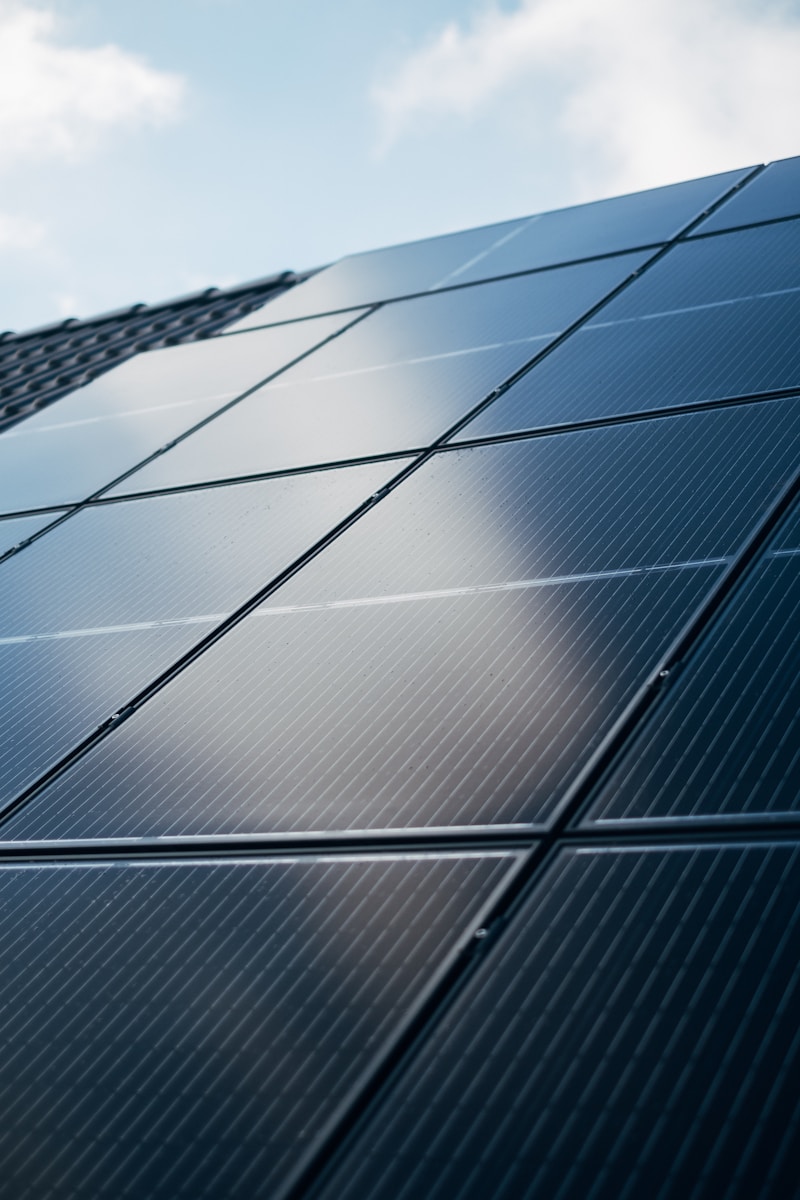By Professor Dato Dr Ahmad Ibrahim
For years, Malaysia’s solar energy narrative has been one of immense potential, cautiously tempered by structural limitations. We have abundant sunshine, a growing roster of talented developers, and corporate entities increasingly desperate to decarbonise. Yet, the path to large-scale corporate renewable energy has often felt like a narrow, congested lane. Schemes like the now fully-subscribed Corporate Green Power Programme (CGPP) were welcome first steps, but they were ultimately limited in scale and virtual in nature.
This is why the Corporate Renewable Energy Supply Scheme (CRESS) is not just another policy initiative. It is the fundamental game changer we have been waiting for, poised to catapult Malaysia’s solar industry from a side-show to the main stage of our national energy grid. This was articulated at a recent forum hosted jointly by Roland Berger and Solarvest.
Moving from virtual to physical, a paradigm shift. The key differentiator of CRESS is its core mechanism: physical delivery. Unlike virtual power purchase agreements (VPPAs) where the financial value of green energy is traded, CRESS enables solar developers to generate electricity and have it physically delivered to a corporate buyer through the national grid. This isn’t an accounting exercise; it’s about real electrons from a specific solar farm powering a specific factory or data centre. This shift is profound. For corporate buyers, it provides a direct, tangible link to their sustainability goals. They are no longer just buying certificates; they are directly greening their operations, which is a far more robust claim for their Environmental, Social, and Governance (ESG) reports. It also offers long-term price certainty, insulating them from the volatility of conventional energy markets.
Unlocking the floodgates of investment. Perhaps the most significant game-changing aspect of CRESS is its open-ended nature. While CGPP had a capped quota of 800MW, CRESS operates on a continuous application basis with no pre-defined limit. This sends a powerful signal to investors and developers: the market is now open for business. This certainty is the catalyst for large-scale, bankable projects. Solar developers can now secure financing with greater confidence, knowing there is a structured, long-term pathway to sell their power to credit-worthy corporate offtakers. This will inevitably attract more domestic and international investment into the sector, driving down technology costs through economies of scale and fostering a more competitive and innovative solar ecosystem.
The grid as an enabler, not a barrier. CRESS cleverly addresses the grid challenge by formalising the concept of a System Access Charge (SAC). By having renewable energy developers pay a fee to the grid operator for using the infrastructure, the scheme acknowledges the cost of maintaining grid stability while simultaneously creating a sustainable revenue stream for its upgrade and expansion. This pragmatic approach turns the grid from a perceived bottleneck into a central enabler of the energy transition. Recent enhancements to the SAC, fixing rates for three years and capping future increases, provide the very stability that investors crave. It creates a predictable environment where businesses can plan for the next decade, not just the next quarter.
A virtuous cycle for the entire economy. The ripple effects of a thriving CRESS-driven solar industry are immense. We are talking about high-skilled job creation in engineering, project management, and tech. We are talking about bolstering our manufacturing sector with a reliable, green energy source, making “Made in Malaysia” a synonym for sustainability—a crucial advantage in a world increasingly shaped by carbon border taxes like the EU’s CBAM. Most importantly, CRESS is the practical vehicle that will drive Malaysia towards its ambitious renewable energy targets of 40% by 2035 and 70% by 2050. It moves the conversation from government-led targets to a market-driven reality.
The sun has always been there. The corporate will is stronger than ever. What was missing was the right conduit. CRESS is that conduit. It is the bold, structural reform that finally aligns policy with potential. The game has indeed changed, and the future of Malaysian energy is looking decidedly brighter.
As the world’s top data-driven businesses make their beeline to Malaysia, CRESS will further add to the attraction of choosing Malaysia as their investment destination.
The author is affiliated with the Tan Sri Omar Centre for STI Policy Studies at UCSI University and is an Adjunct Professor at the Ungku Aziz Centre for Development Studies, Universiti Malaya. He can be reached at ahmadibrahim@ucsiuniversity.edu.my.
